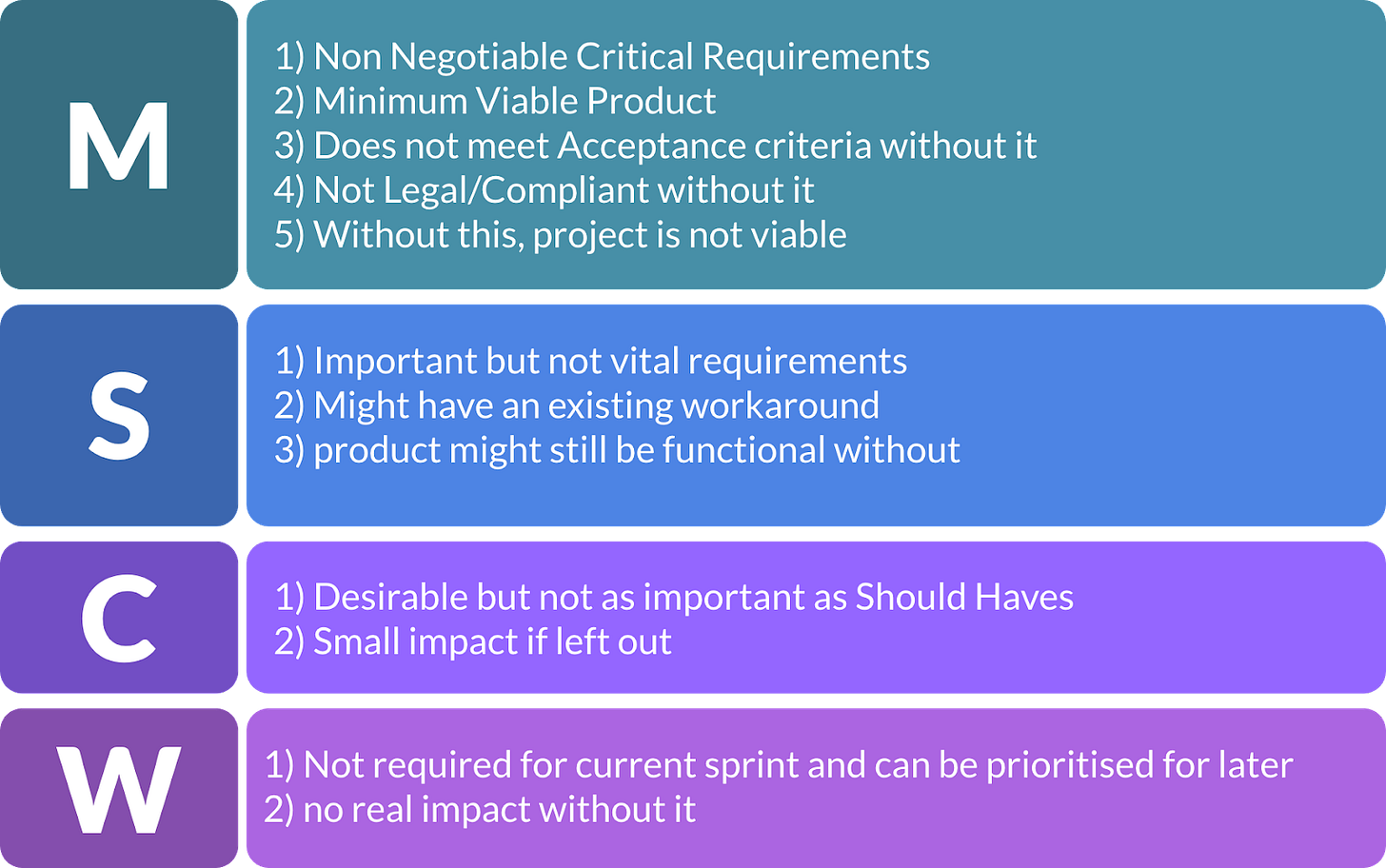Best Practices for a Lean Product Requirements Document
Traditional Product Requirements Documents often overwhelm with detail, while the potential to streamline processes using a Lean PRD can enhance team alignment and focus
For product managers navigating the complex journey from concept to launch, adopting Lean PRD best practices marks a pivotal shift towards a more effective, manageable, and user-centric approach to product development.
This streamlined methodology not only simplifies the planning process but also transforms product development into an endeavor that is both more focused and aligned with user expectations.
4 Best Practices When Creating a Lean Product Requirements Document
1. Collaboration at Its Core
Involve Your Key Stakeholders!
A successful Lean PRD process is inherently collaborative, involving stakeholders from across the spectrum of product development, including engineering, design, marketing, and customer support. Engaging these key stakeholders early and often ensures that the document reflects a holistic view of the product vision and objectives.
💡Tip: Use Real-Time Collaboration Tools
The use of real-time collaboration tools (such as shared documents like Google Docs or interactive planning platforms like Miro) facilitates a dynamic process where ideas can be exchanged, feedback can be instantly incorporated, and consensus can be reached more efficiently. This approach promotes transparency and inclusivity, all essential components of effective teamwork.
2. Prioritization and Focus
One of the Lean PRD's strengths is its emphasis on prioritizing features based on their alignment with the product's goals and user needs. By categorizing features into 'Must Have', 'Should Have', ‘Could Have', and 'Won’t Have' like in a MoSCoW Prioritization method, product managers can focus resources on what truly matters for the initial launch, ensuring that development efforts are both efficient and impactful.
Staying True to the Product Vision
Maintaining a laser focus on the product vision and user needs is crucial throughout the development process. The Lean PRD acts as a guiding star, keeping the team aligned and focused on delivering a product that not only meets but exceeds user expectations.
3. Adapting to Change
A Lean PRD is not set in stone; it should always evolve with your project. This flexibility allows for adjustments based on new insights, market trends, user feedback, and technological advancements, ensuring that the product remains relevant and competitive.
Flexibility vs. Consistency
While adaptability is a hallmark of the Lean approach, maintaining a consistent strategic direction is equally important. The challenge lies in balancing these two aspects, ensuring that the PRD remains a reliable roadmap even as it evolves.
4. Keep It Simple
A Lean PRD should be accessible to everyone involved in the project, regardless of their technical expertise. Avoid jargon and overly technical language, aiming instead for clarity and conciseness. This approach ensures that all team members can contribute meaningfully to the discussion and decision-making process.
Conclusion
The Lean Product Requirements Document stands as a testament to the power of simplicity, focus, and agility in product development. By adopting the best practices outlined in this article, product managers can harness the full potential of the Lean PRD, turning it into a strategic asset that drives innovation, efficiency, and alignment across their projects. As we continue to navigate the complexities of bringing products to market, the Lean PRD serves as a beacon, guiding teams toward successful, impactful outcomes.
💡 Looking ahead!
Our series will continue to demystify the intricacies of effective product planning. Future articles will delve into the practical application of tools like Service Blueprints, Wireframes, and User Flows. These tools are essential for defining the “What” section of the Lean PRD, offering a clearer understanding and alignment within the team.
We’ll explore how to use these tools to detail the user experience, streamline communication, and ensure that every member of the team shares a unified vision for the product. This upcoming content is designed to equip you with the knowledge and skills to further refine your product development process, making it more efficient and aligned with your objectives.


